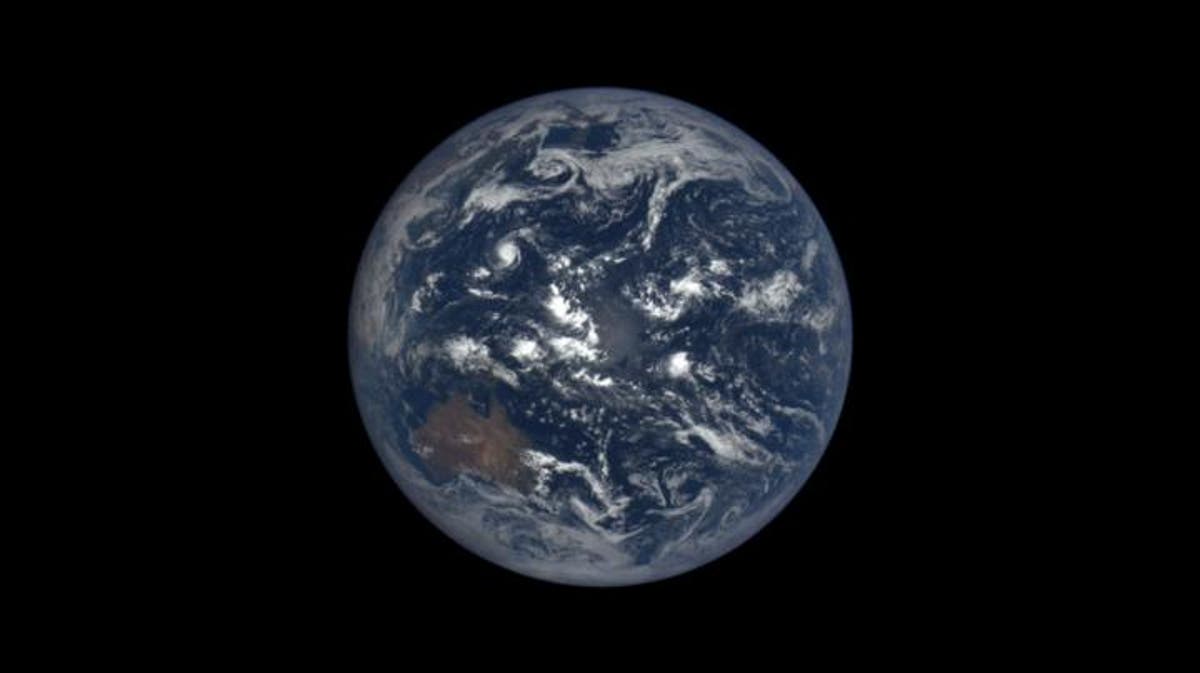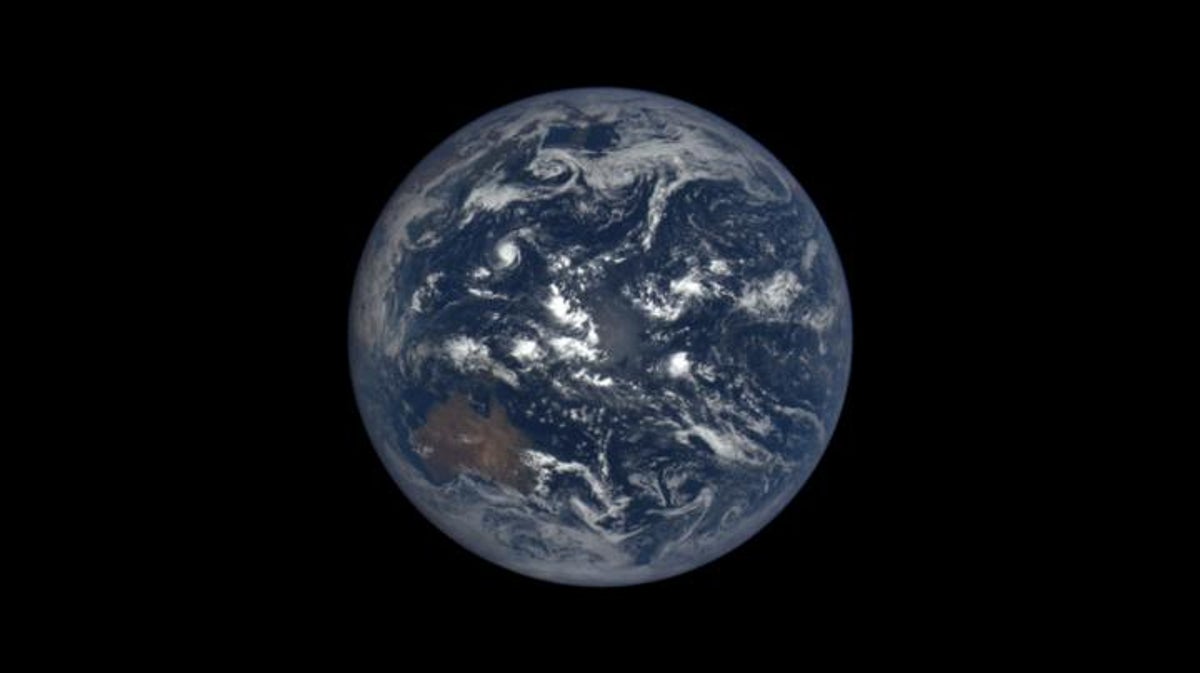The way that the Earth’s solid inner core layer rotates may have changed recently, slowing down in relation to the mantle, according to a new study.
The research could further the understanding of how processes deep inside the planet affect its surface, including the length of a day, noted the study, published on Tuesday in the journal Nature Geoscience.
Previous research has found that the planet’s inner core is separated from the rest of the Earth by a liquid outer core, the magnetic field of which affects the inner layer’s rotation along with the gravitational effects of the mantle.
This has previously been inferred based on changes in the travel time between repeated seismic waves that should traverse the same path through the inner core, explained scientists, including those from Peking University in Beijing.
However, the speed of the inner core’s rotation, and whether it varies, has remained unclear.
Seismic waves from near-identical earthquakes that have passed through the Earth’s inner core along similar paths since the 1960s were assessed by researchers, including Yi Yang and Xiaodong Song, for the new study.
They particularly analysed the difference in the waveform and travel time of these quakes and found that since 2009, the paths of the seismic waves – that previously showed significant travel time variation – exhibited “little change”.
“Here we analyse repeated seismic waves from the early 1990s and show that all of the paths that previously showed significant temporal changes have exhibited little change over the past decade,” they wrote in the study.
The findings indicate that the Earth’s inner core rotation has slowed.
This may be linked to an overall slowing down of the inner core rotation as part of a seven-decade oscillation, indicating a “resonance system across different Earth layers”.
These variations are associated with changes in observations on the Earth’s surface, like the length of a day, according to the study.
“This multidecadal periodicity coincides with changes in several other geophysical observations, especially the length of day and magnetic field,” they noted.
The new findings also throw new light on the interaction between different layers of the Earth.
“These observations provide evidence for dynamic interactions between the Earth’s layers, from the deepest interior to the surface,” scientists said in the study.
A previous such turning point had occurred in the early 1970s, according to them.
This article was amended on January 27 2023. It originally referred to the rotation of the Earth’s inner core pausing and said it could have started to spin in the opposite direction, but this was inaccurate. A press release from the publisher of Nature Geoscience ,to accompany the publication of the issue including the study, referred to the findings in those terms. However, the company has since amended this document to remove references to the rotation of the mantle having “paused” or that it “could be reversing”. It states that these terms were used by the scientific research community to describe the phenomena in question, but that for “a generalist audience these terms can be misleading …” Springernature also apologised for any inconvenience caused.



More Stories
New vaccine may hold key to preventing Alzheimer’s, scientists say
Just 1% of pathogens released from Earth’s melting ice may wreak havoc
Europe weather: How heatwaves could forever change summer holidays abroad